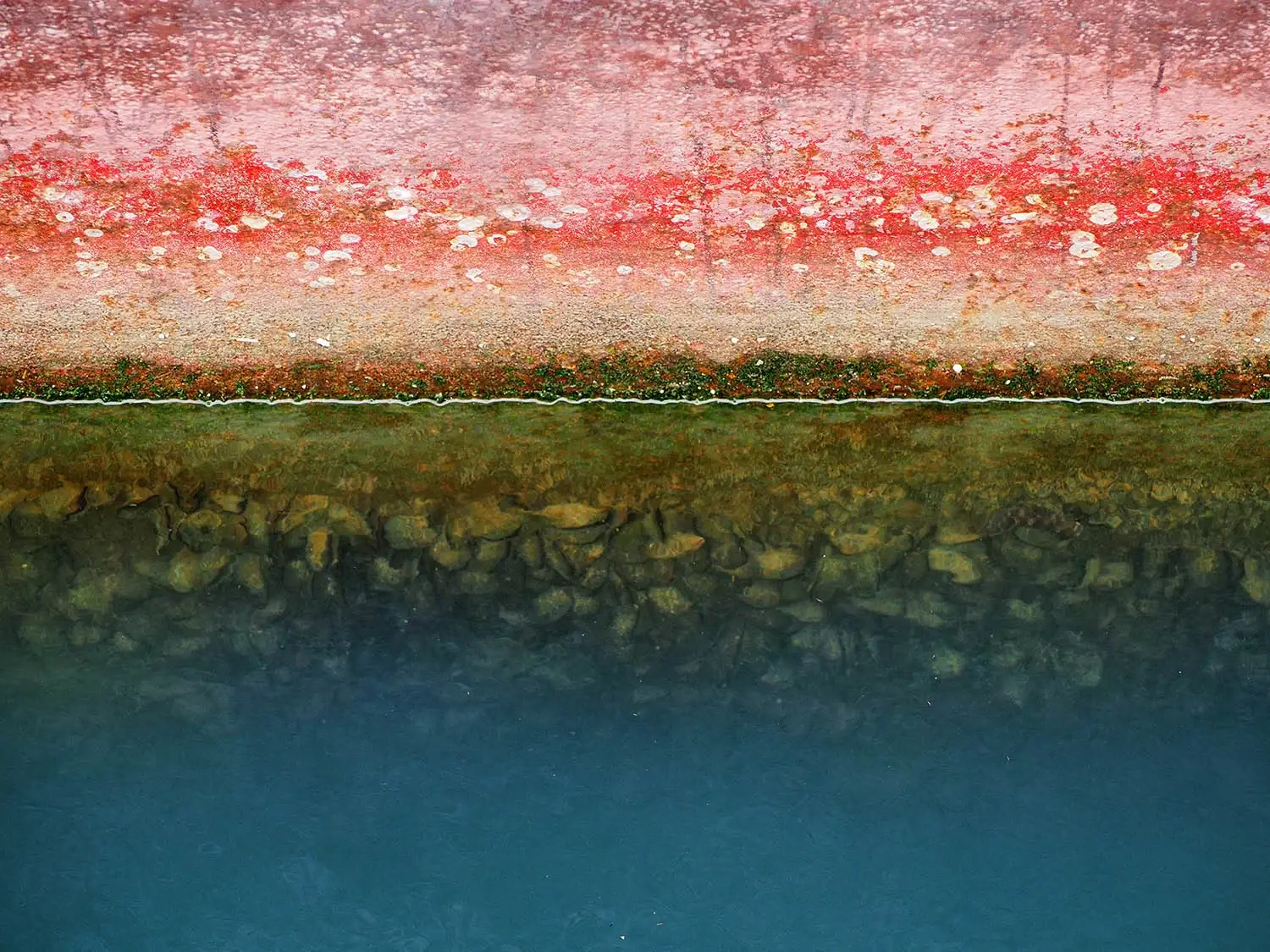Closed Loop Turbine
One way to increase continuous AUV submerged time is to use a closed loop turbine.
A closed-cycle gas turbine is a thermodynamic system where the working fluid (e.g., air, nitrogen, helium, or in this case, ethanol and liquid oxygen) is continuously circulated within the system. Unlike open-cycle systems, the working fluid in closed-cycle turbines does not mix with combustion gases and is not released into the atmosphere. Instead, it is cooled and recirculated.
The closed-cycle gas turbine operates on the Brayton cycle, which involves the following steps:
- Compression: The working fluid is compressed isentropically (without heat exchange) in a compressor.
- Heating: The compressed fluid is heated in a heat exchanger or combustion chamber using an external heat source. For ethanol and liquid oxygen systems, ethanol serves as the fuel, and liquid oxygen provides the oxidizer.
- Expansion: The high-temperature, high-pressure fluid expands through the turbine, generating mechanical power.
- Cooling: The exhaust fluid is cooled in a cooling chamber before being recirculated back to the compressor.
In practice, the use of closed-cycle turbines makes it possible to achieve three weeks of autonomy.

Fuel Cells
Second way to increase continuous AUV submerged time is to use fuel cells.
Fuel cells are increasingly being utilized to power AUVs due to their high energy density, efficiency, and ability to provide long-duration missions.
Types of Fuel Cells Used in AUVs:
- Hydrogen Fuel Cells: These are the most common type of fuel cells used in AUVs. They generate electricity through the chemical reaction between hydrogen and oxygen, producing water as a byproduct. Hydrogen fuel cells offer high energy density and efficiency, making them suitable for long-duration missions.
- Direct Methanol Fuel Cells (DMFCs): These fuel cells use methanol as a fuel source, which is easier to store and handle compared to hydrogen. DMFCs are suitable for smaller AUVs and shorter missions due to their lower energy density compared to hydrogen fuel cells.
- Solid Oxide Fuel Cells (SOFCs): SOFCs operate at high temperatures and can use a variety of fuels, including hydrogen and hydrocarbons. They are known for their high efficiency and durability, making them suitable for extended missions.

Some hope is provided by the development of a diesel fuel cell.
The first version is still too bulky to be installed in an AUV, but it has already worked for 10,000 hours and is capable of generating up to 3kW.

Closed Loop Stirling Engine
Another way to increase continuous AUV submerged time is to use a closed loop Stirling Engine.
A closed-cycle Stirling engine is a type of external combustion engine that operates on the Stirling cycle. It is particularly well-suited for use in AUVs due to its high efficiency, quiet operation, and ability to use a variety of heat sources.






